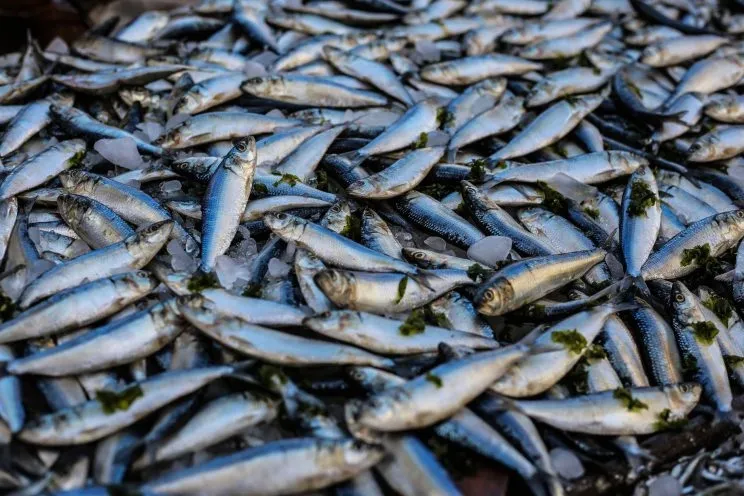Fish amino acids (FAA) are a natural liquid fertilizer or soil amendment created through a fermentation process that involves fish waste or parts, such as fish scraps or fish byproducts. The process typically includes mixing the fish waste with a carbohydrate source like brown sugar and allowing the mixture to ferment for several months. During fermentation, the fish proteins break down, releasing amino acids and other nutrients into the solution.
The resulting liquid contains a mixture of amino acids, enzymes, vitamins, and minerals derived from the fish. This solution is used in organic farming and gardening as a source of nutrients for plants and soil. Fish amino acids provide an array of beneficial nutrients that can enhance soil fertility, promote microbial activity, and support plant growth, making it a popular component in natural farming practices.
Fish emulsions have been documented to promote seedling growth, fruiting, and microbe action in the soil. FAA is applied as either a light foliar mist or a soil drench to maximize uptake and minimize runoff or leaching, providing just enough N to the plant for optimum uptake and the production of chlorophyll to maintain plant health.
FAA is applied as a source of nitrogen during the early or vegetative stage of development to boost growth and size. For leafy vegetables, spray weekly to improve yields, fragrance, and taste. Avoid spray applications during full sunlight hours to prevent foliar burning and evaporation of the solution before the plant has had a chance to absorb it.
Recipe
– Combine fish and brown sugar at a 1:1 ratio by weight in a bucket or other container. Any fish parts or waste will work.
– Add a small amount of IMO2 and ONH (oriental herbal nutrient). No exact amount just a dash of each.
– Stir so that all of the fish is covered in sugar. Grinding or blending is not necessary just make sure all the surface area of the fish is coated.
– If any fish is exposed on the top, you can add a little more sugar to cover.
– Label and date the container.
– Allow container to sit for about 6-12 months, the longer it ferments the better.
– Strain all the solids away from the liquid
– The remaining liquid is FAA
-Dilute FAA 1:1000 (4 ml per gallon) for use on plants.

